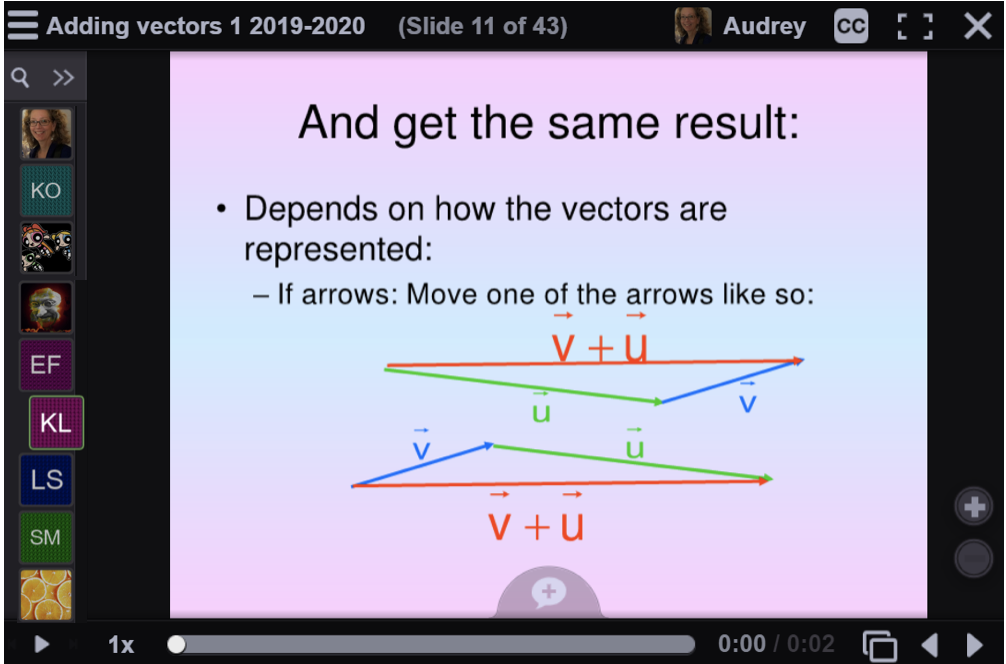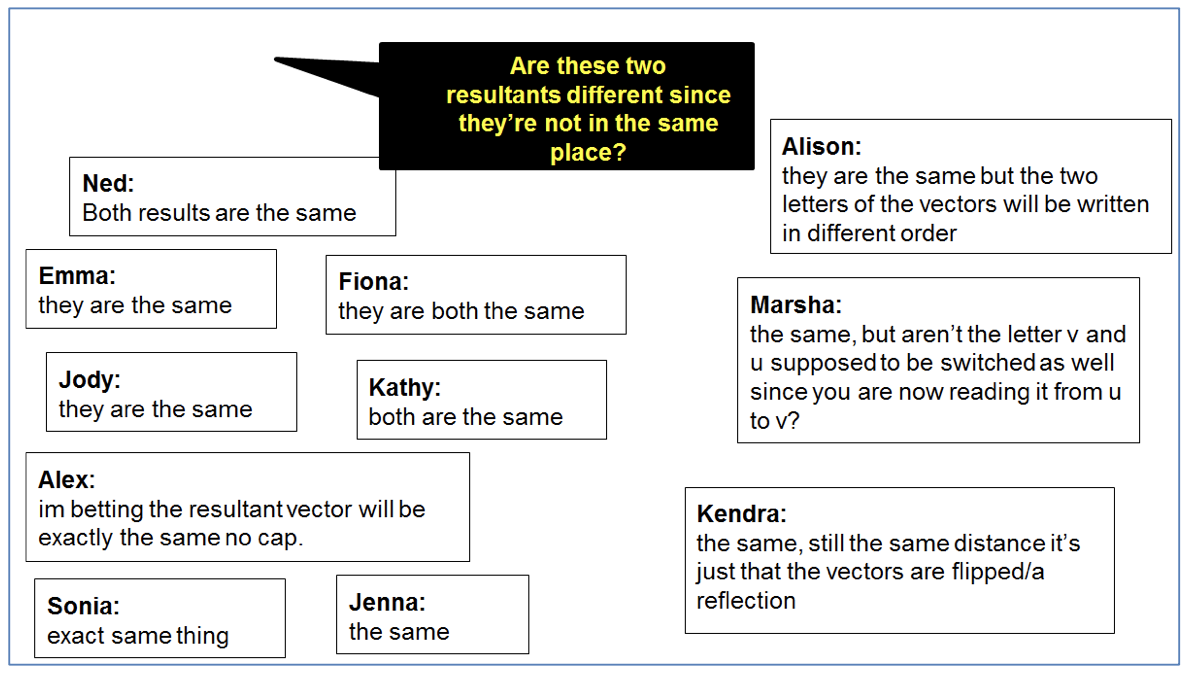VoiceThread and My Online Math Class
This is a guest post by online Math Teacher and VoiceThreader, Audrey McLaren.
I can’t say that this year has been a normal one for me, but it’s been closer to normal than 2020 was for most teachers. I’ve been teaching online for 12 years. I work for LEARN, a non-profit organization in Quebec, Canada, that has been providing synchronous online math and science instruction for Quebec’s English high school students for almost 20 years. So apart from, you know, all the 2020 surprises, it’s been business as usual at LEARN, which meant enthusiastic usage of one of our favourite tools, VoiceThread.
A little more background: Soon after I started teaching online, I also started using a strategy some call “flipping” my class. It’s a practice in which direct delivery of content happens outside the classroom via recorded lessons, and everything else – practice, group work, consolidation activities, presentations, you name it - happens during class. There’s a lot more to it than that, of course, but for the purposes of this article that’s all you need to know about it. VoiceThread fits in because it’s what I use to create my recorded lessons.
I chose this platform for three reasons. First, it’s easy to use. I simply upload my own PowerPoint slides, then narrate the lesson using the comment tool. Second, the platform makes it really easy and intuitive for students to interact directly with the content by commenting on individual slides – and by the way there are many ways they can comment – by text, voice, pen, microphone, or webcam. Third, it blurs the lines between asynchronous and synchronous learning. What happens in the VoiceThread most definitely does not stay in the VoiceThread!
Here’s an example: This slide was about what happens when you add the same two vectors in the opposite order. The example had just suggested that vector addition is commutative. In my comment on this slide, I gave this question prompt: “Are these two resultants different since they’re not in the same place?”

Before class the next day, I collected their replies, because they all contained gold for us to mine together in the live class. This is what I displayed during next day’s class (names have been changed to protect student privacy):

I’d grouped on the left the replies that were correct, but didn’t go into any depth, so I spent the first few minutes in class asking some of those students to defend their assertion. Next I focused on those on the right. These went a bit deeper, and as such became the jumping off point for our investigations. They raised interesting questions, none of which I intended to answer, but all of which the group’s investigations would collectively answer. This is where the blending of asynchronous and synchronous happens. Each informs the other, and even improves engagement, because the discussion has begun before students even come to class, so the ice has been broken, at least a little bit. In this way, what happens in class is student-driven.
Using VoiceThread to flip my class addressed many issues that I remember facing 12 years ago, and that I’m sure many will this coming year. For example, when you’re teaching online, and you can’t see your students, the absence of body language, facial expressions, and tone of voice can make the whole experience very lonely. If you thought it was hard to get kids to participate face-to-face, well, buckle up, because it can be even harder online. Teenagers are loathe to draw attention to themselves, and it’s really easy for them to become online-invisible. And on the student end. when you’re learning in an online class, the potential for it to feel cold and disconnected from the real world is huge. Teenagers are still kids, and they still need to know their teacher knows them and cares about them. For these reasons, communication amongst all participants in the online classroom has to be frequent, easy, and safe. A tool like VoiceThread, which is built for communication, can really help – in and out of class. I think of my VoiceThreads as a garden, in which I plant seeds, and which I harvest for my live class.
About the author:
Audrey has been teaching math for 33 years, the last 12 of which she has taught online for LEARN. She loves her job, edtech, connecting with people, and writing. She blogs at_ audrey-mcsquared.blogspot.com, and her twitter handle is_ @a_mcsquared. She is also a gardener.
